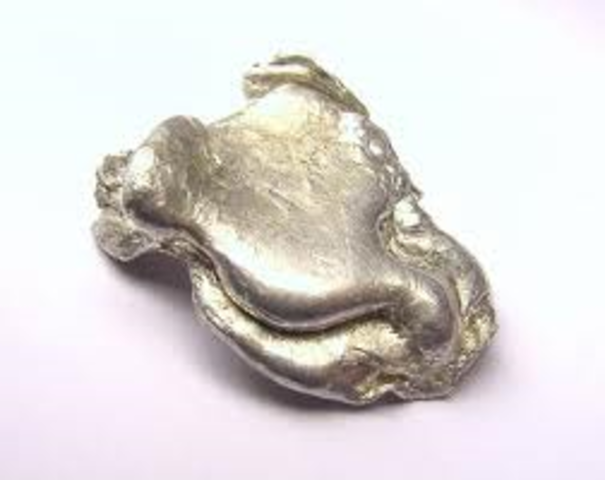
Bronze typically consists of 88% copper and 12% tin.This is prevented by adding small impurities to white tin. White tin will transform into gray tin when the temperature falls below 13.2 degrees C.Other elements in pewter generally include copper, antimony, and bismuth. Pewter is a tin alloy that is at least 85% tin.This is due to the breaking of the crystal structure of the atoms. When a bar of tin is bent, it will make a screaming sound called a "tin cry".This is the most stable isotopes of all the elements. The symbol "Sn" comes from the Latin word for tin, "stannum." Tin gets its name from the Anglo-Saxon language. Bronze was harder than pure copper and was easier to work with and cast.

Tin was first heavily used starting with the Bronze Age when tin was combined with copper to make the alloy bronze. Tin has been known about since ancient times. Other applications for tin include metal alloys such as bronze and pewter, the production of glass using the Pilkington process, toothpaste, and in the manufacture of textiles. Tin cans are actually steel cans covered with a plating of tin. Tin is also used as a plating to protect other metals such as lead, zinc, and steel from corrosion. Solder is a mixture of tin and lead that is used to join pipes and to make electronic circuits. Certain compounds are used in laundry detergents and bleaches, as well as mild antiseptics. The majority of tin today is used to make solder. There are estimates that the minable tin on Earth will be gone in 20 to 40 years. The majority of tin is mined in China, Malaysia, Peru, and Indonesia. It is around the 50th most abundant element in the Earth's crust.
#Uses for element sn free
It is generally not found in its free form. Tin is found in the Earth's crust primarily in the ore cassiterite. This allows it to be used as a plating material to protect other metals. Tin is resistive to corrosion from water. Gray tin is non-metallic and is a gray powdery material. White tin is the metallic form of tin we are most familiar with. Tin can form two different allotropes under normal pressure.

It is very malleable (meaning that it can be pounded into a thin sheet) and can be polished to a shine. Under standard conditions tin is a soft silvery-gray metal. Therefore, the low-Sn zirconium alloys (low-Sn Zircaloy-4, ZirloTM) or ZrNb alloys without Sn (M5TM), at present, are widely used as commercial fuel cladding. Tin atoms have 50 electrons and 50 protons with 4 valence electrons in the outer shell. It is classified as a post-transition metal. It is classified as a post- transition metal and belongs to the p-block of group 14 of the periodic table. Tin is the fourth element of the fourteenth column of the periodic table. Home Periodic Table Tin (Sn) Element: Properties, Reactions, And Uses Jby Jyoti Bashyal Tin is a metallic element with the atomic number 50 and is represented by the symbol ‘Sn’ in the periodic table. Discovered by: Known about since ancient times.Density (white): 7.365 grams per cm cubed.


 0 kommentar(er)
0 kommentar(er)
